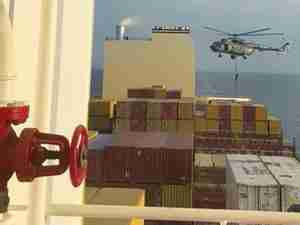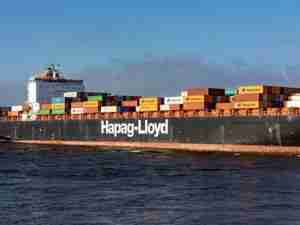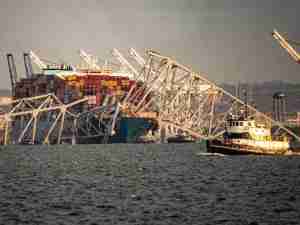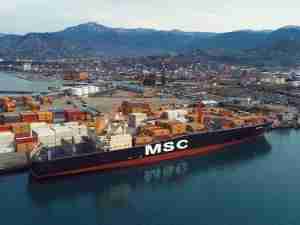Soaring oil prices and inflation in emerging economies were expected to dampen world trade expansion, with the IMF this month estimating growth of 7.4 percent in 2011, down from 12.4 percent last year.
Container traffic at the nine largest ports, led by Shanghai, Singapore and Hong Kong, rose 8.1 percent in the first quarter compared to an 18.1 percent expansion in the same period in 2010, said leading consultancy group Alphaliner.
"Early indicators of 2011 demand growth raise worries and the weak growth in South China is of particular concern for carriers," Alphaliner said.
In South China, container traffic at Hong Kong, Shenzhen and Guangzhou grew by only 2.4 percent in the first three months, a sharp slowdown from the 23.7 percent jump last year.
"The cooling demand, combined with the high level of newbuilding deliveries and the return of idle capacity, brings back the spectre of vessel oversupply," Alphaliner said.
The global container fleet was expected to see the largest monthly expansion in April with 32 ships, totalling 226,500 twenty-foot equivalent units (TEU).
A total of 1.35 million TEUs were expected to be delivered this year, leading to an 8.6 percent expansion in the global fleet after scrapping, Alphaliner said.
The dry bulk freight markets were facing an even worse oversupply problem as newbuilds finally begin to arrive after shipowners went on a buying spree right before the economic downturn two years ago.
The box shipping industry has rapidly recovered from the global downturn in 2008-09, which the IMF has named the "Great Trade Collapse", that cost the sector an estimated $19.5 billion due to a severe slowdown in seaborne trade. (Reuters)









